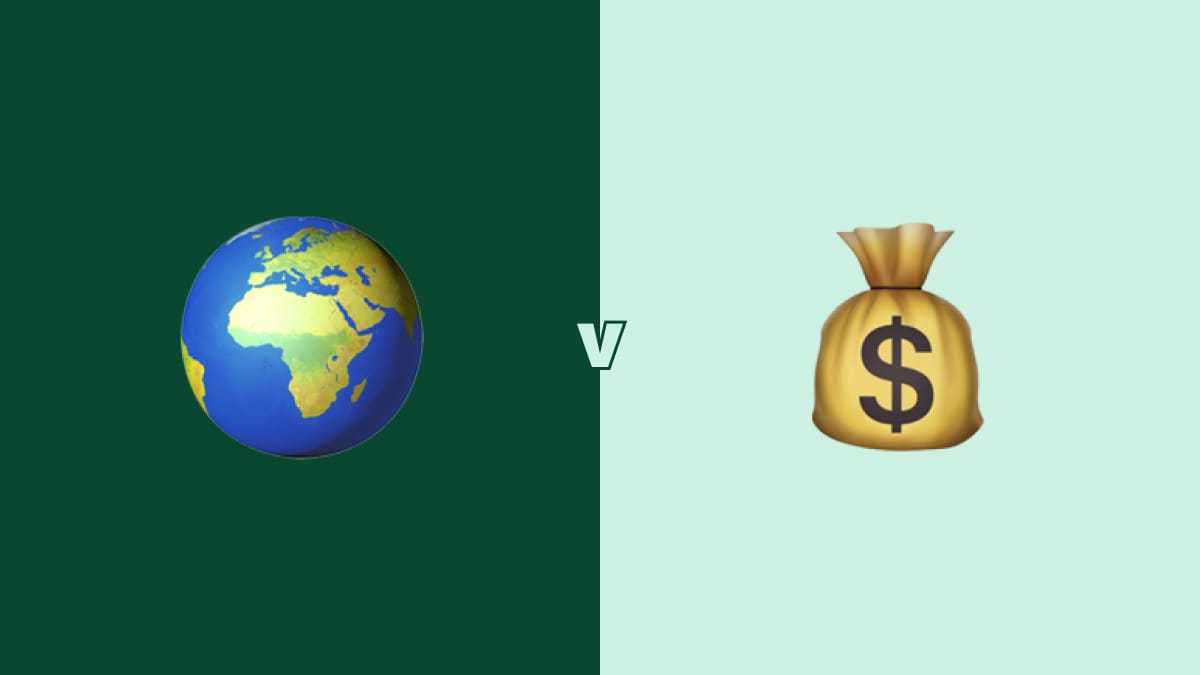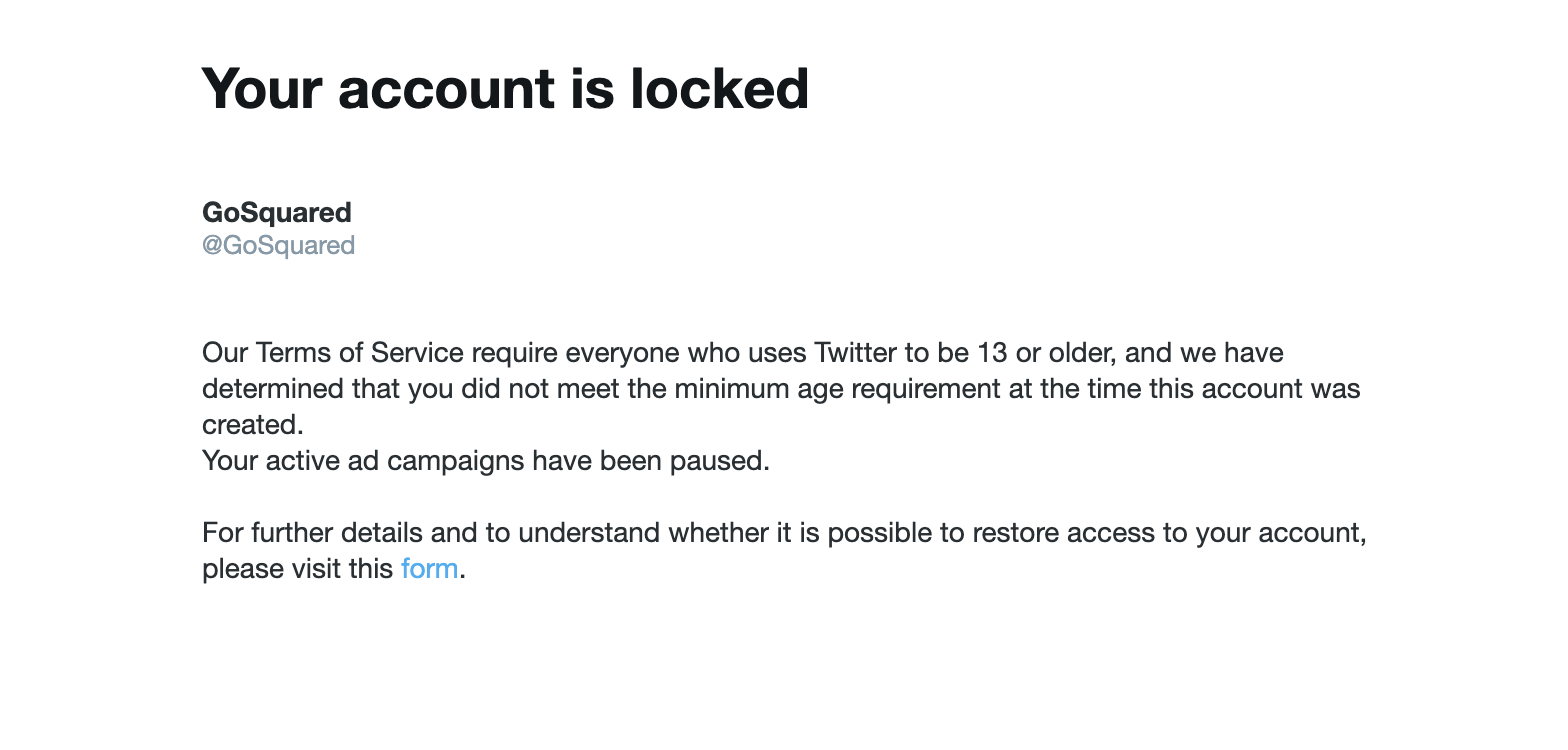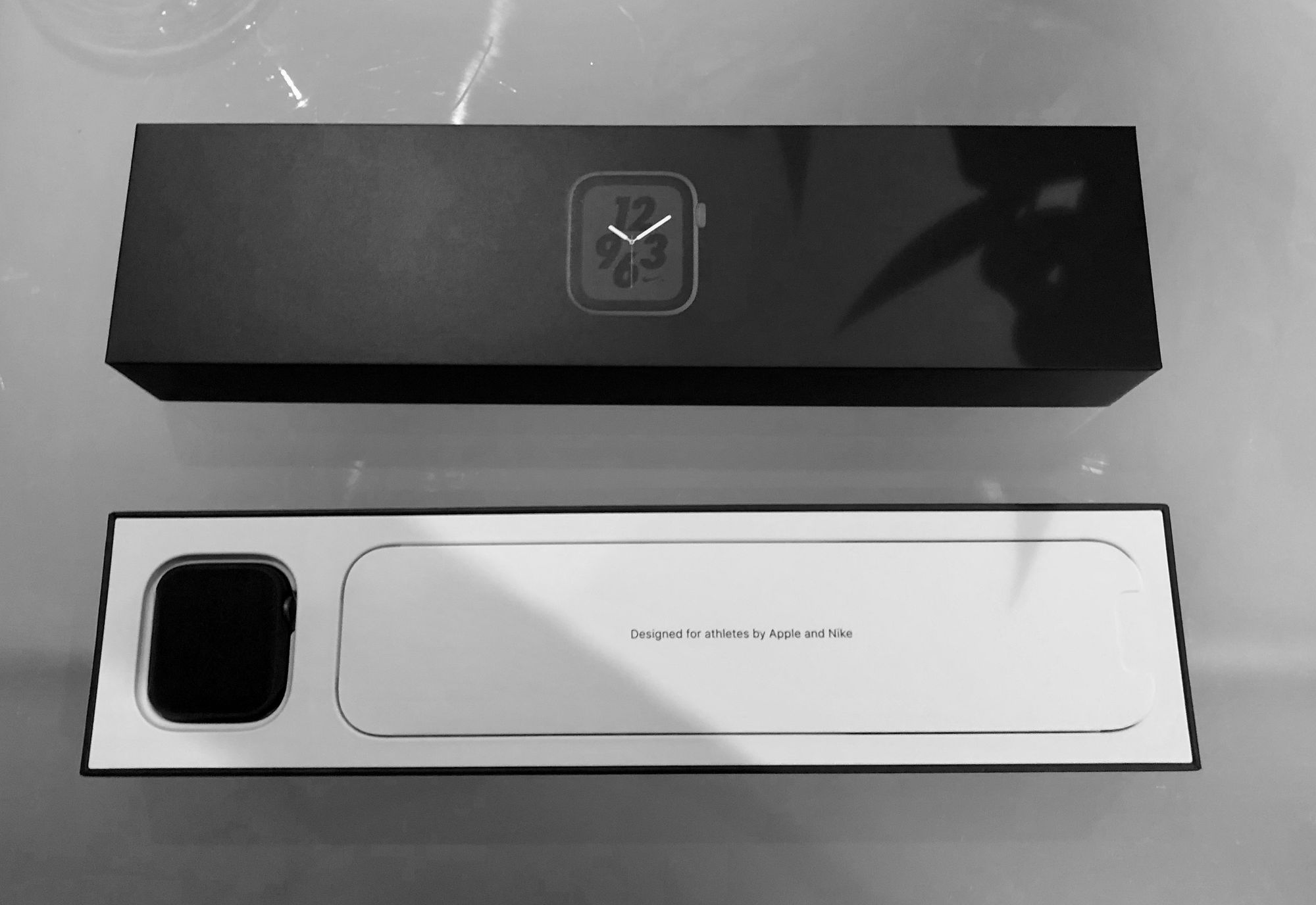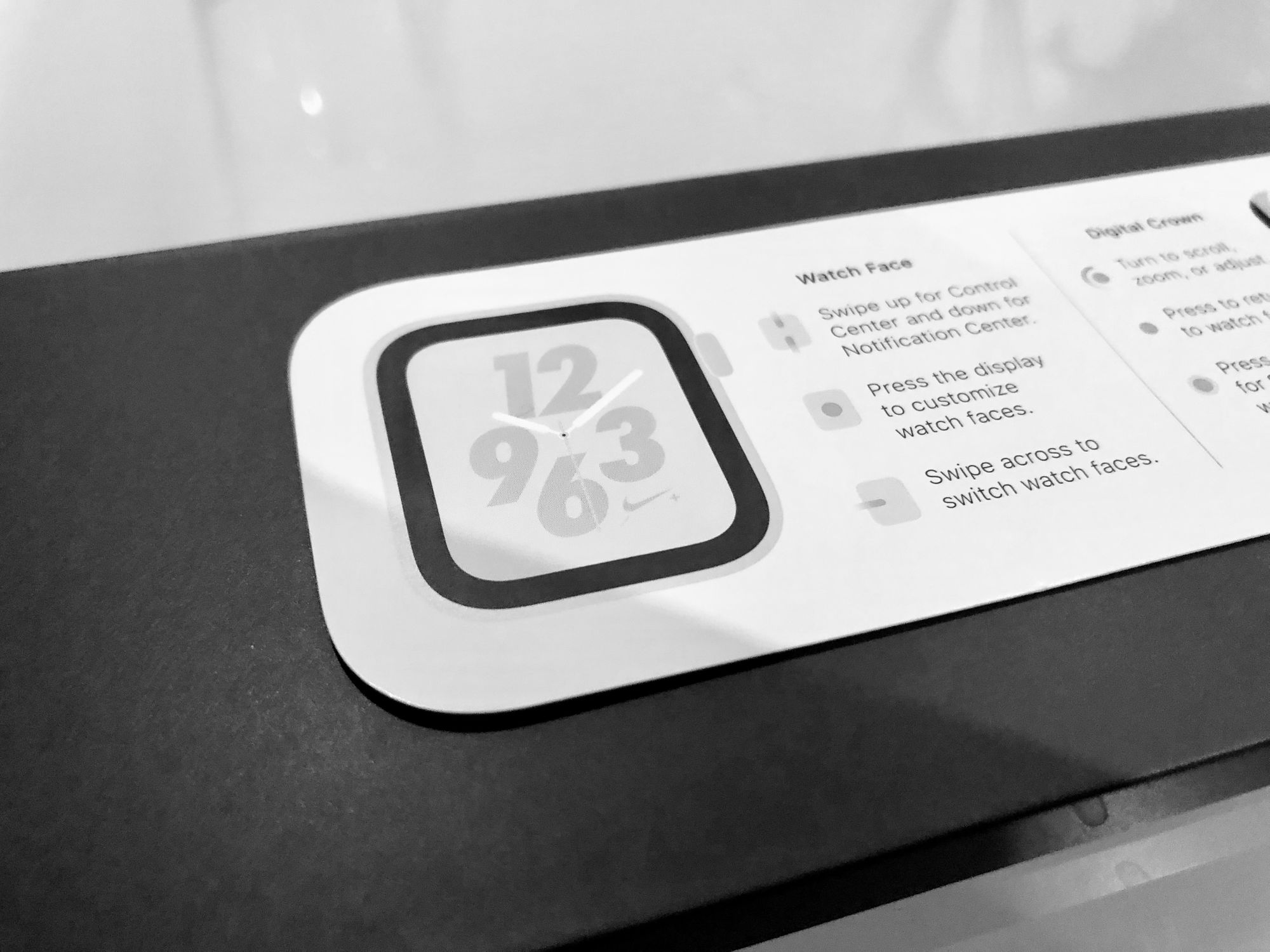
What sells? 🌍 Climate, or 💰 ROI?
In the world of sustainability, what *actually* sells?
Is it a friendly, climate-focused tagline?
Or is it cold, hard business return-on-investment?
As someone who’s been leading with a sustainability focused message for over a year, just asking that question makes me feel a little uncomfortable.
When selling a product in a crowded market, you always need to stand out from the rest of the industry. And it’s hard to dislike a more sustainable alternative.
Standing out from the industry tends to mean leading with a proposition that is different. If everyone else leads with a pitch around ROI, then how do you lead with a pitch on ROI and still maintain differentiation?
I recently had an inspiring conversation with Tim Schumacher who put the question to me: do people buy based on environmental benefits or business benefits?
What gets you in the door might not be what gets you bought.
From what we’ve seen at EcoSend, leading with a pitch around climate is a fantastic way to drive awareness and attention, and it expresses our values in building the most environmentally conscious email marketing platform in the world.
However, leading with an environmental pitch doesn’t always drive business.
In fact it’s a challenge I’ve heard many times from other founders in the climate space — people love the idea of changing the world for the better, but when push comes to shove the business decision almost always wins out.
That business decision might be:
- Switching will take time, so we’ll stick with our current tool.
- We will go with the most trusted brand, to avoid unnecessary risk.
- There’s a specific feature we need that your product doesn’t have.
- We can get this cheaper elsewhere.
Fortunately with many environmental focused products and propositions the trade-off of climate vs ROI doesn’t necessarily need to exist.
Often what is better for the environment is also the more effective, more impactful decision for the business.
The challenge is finding the right balance between communicating your climate focus while driving awareness of business impact.
It’s something we’re going to experiment with more at EcoSend — by focusing on sustainability, we’re building a highly optimised, efficient platform where your emails are much more likely to get delivered, opened, read, and actioned.
Can we ultimately drive more people to a climate conscious solution by leading with a business focused pitch?
We’ll find out.


